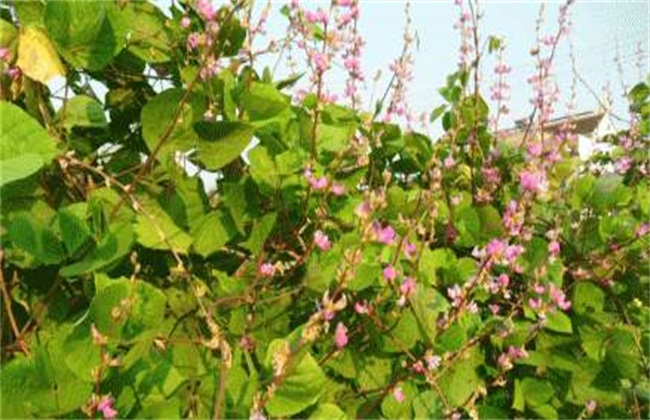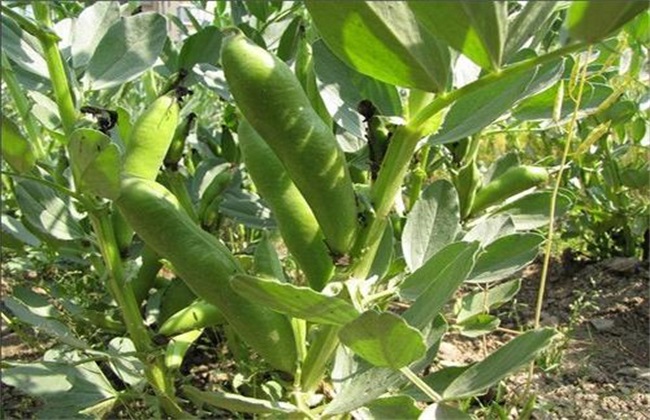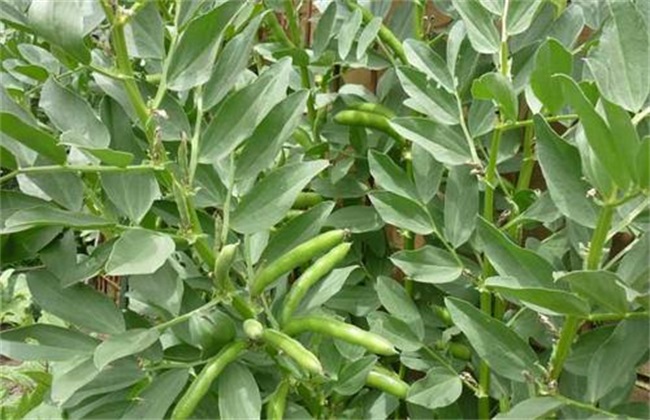How to manage the florescence of lentil
Lentils are a popular legume vegetable in our life. There is a very wide planting area in our country, and management is very important when planting lentils. When lentils grow in different periods, the management methods will be different. Therefore, we need to adjust the management methods reasonably according to the growth period of lentils. So how to manage the lentil florescence? The following editor will give you a brief introduction, let's have a look!

1. Temperature management
The temperature of lentil florescence needs our attention in the first place. At this time to maintain a suitable temperature, to avoid too high temperature. In the lentil flower and pod period, the suitable temperature is generally about 18-25 degrees, and it is best to keep it at about 20 degrees. If it exceeds the range of 16-27, it will have a great impact on the flowering and pod setting of lentils, and it is easy to drop flowers and pods. If it exceeds 32 degrees, it will do great harm to the quality of the tender pods. Therefore, when the temperature is too high, it is necessary to cool down in time, and when it is too low, it is necessary to do a good job of heat preservation.
2. Water and fertilizer management
Lentils in the early flowering and fruit setting, to control water and fertilizer, it is best not to water and fertilize. Wait until the inflorescences set pods, and then start to work on water and fertilizer. If the cultivation is covered with plastic film, then dark water should be poured under the plastic film. With the application of quick-acting fertilizer, nitrate nitrogen should be the main nitrogen fertilizer, and ammonia nitrogen should not be used, otherwise it will inhibit the growth of plants. Therefore, when we apply flower and pod fertilizer, we should apply more urea, human feces and urine and other fertilizers. Then the water management measures should be adjusted reasonably according to the pod-bearing position of the inflorescence.
When pods are formed in the lower inflorescence, it is usually watered and fertilized once a month or so, and the fertilizer is mainly compound fertilizer or farm manure. When pods are formed in the middle inflorescence, it is usually watered and fertilized once every 10 days. Urea is the main fertilizer, and then when the upper inflorescence blossoms, pods and lateral branches bear pods, it is usually about once every 10 days. After the middle and later stage of podding, it is necessary to improve the permeability of the field and remove the old yellow leaves from the plant. Then remove the overgrown leaves and some sprouts that come out too late.
3. Timely harvest
When lentils enter the flowering stage, they can basically be harvested after a period of time. Among them, the best time for pods to be harvested is about half a month after flowering, because the pods are the longest and heaviest at this time. It is also used for the best quality of vegetables, generally, there will be about 9 flower buds on an inflorescence, but only about 4 if they bloom and bear pods. Therefore, when harvesting, we should pay attention to protect these flower buds. When picking the first stubble pods, these flower buds will begin to speed up their development and carry out the work of podding in the second crop.
The above is a brief introduction to how to manage the florescence of lentils. That's all for today's introduction. This article is for reference only. I hope it can help you all.
Related
- Where is it suitable to grow horseradish in China? it is expected to see the middle altitude horseradish in Alishan.
- How to prevent tomato virus disease reasonably? (Control methods included)
- Many people like to plant towel gourd on the balcony. What are the main points of this method and management?
- What crops can chili peppers be mixed with?
- Fertilization techniques and matters needing attention in Tomato
- What are the grafting techniques for peach seedlings in spring?
- Harm and control methods of root swelling disease of Chinese cabbage
- What are the pests of sweet potatoes? How to prevent and cure it?
- Symptoms, causes and Control methods of navel Rot in Tomato
- The cause of "Cucumber rotten bibcock" in Farmers' planting Cucumber and its Control Plan



